
Photo
Born in Charleston, Governor Wade Hampton III (1818-1902) was educated by private tutors and later graduated from the South Carolina College. He studied, but never practiced, law. Instead, Hampton...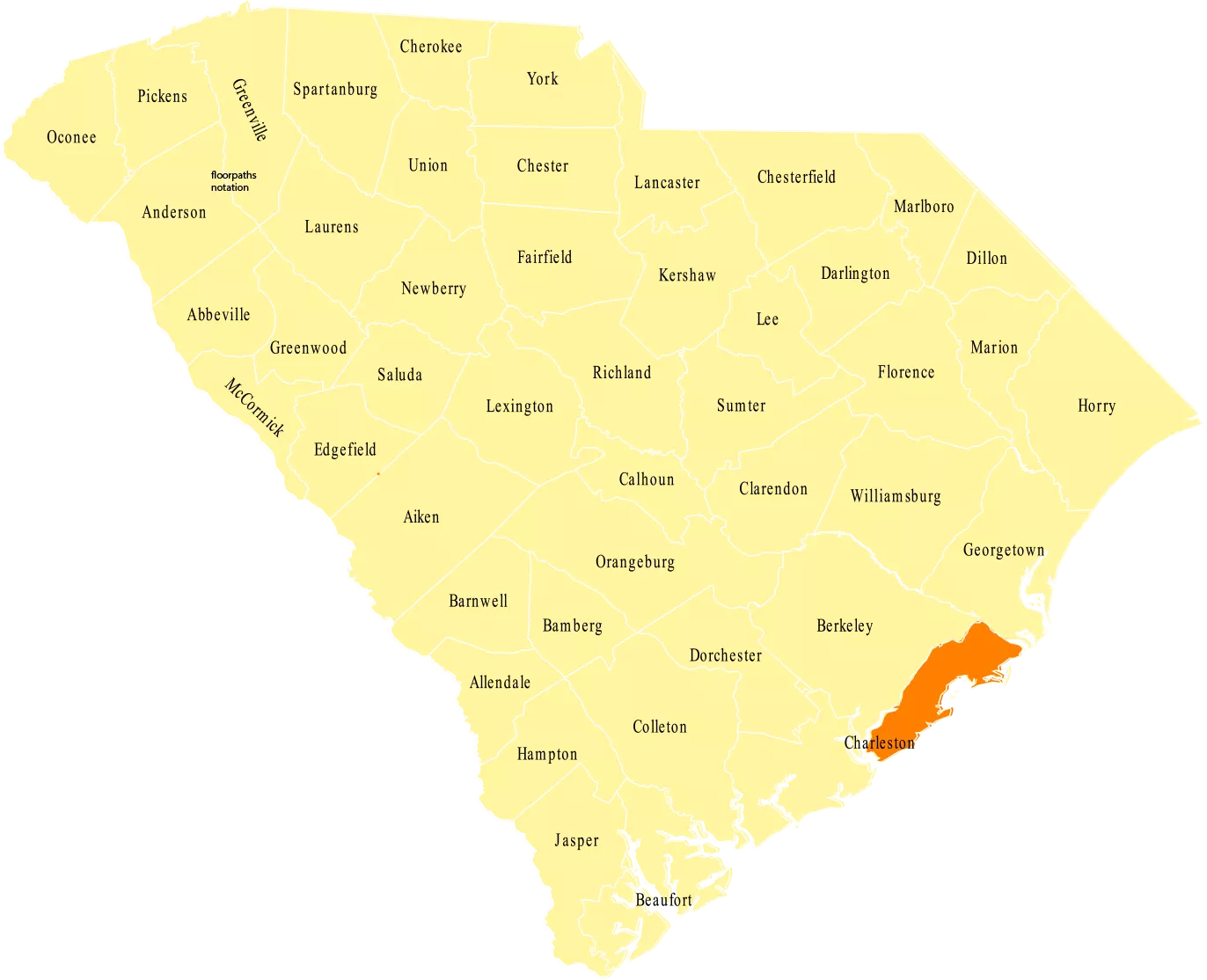
“Charleston County and the city of Charleston, its county seat, are the most historic locations in the state.” Situated in the Lowcountry, the county serves as a popular vacation destination but also relies on the business that results from its port. The area in general serves as a large cultural and economic hub for the state.
Charleston County was founded as Charleston District in 1769, and the district became smaller after some of its lands were used to create Colleton and Berkeley counties. The county and its seat were named after King Charles II.
The city and county are saturated with Revolutionary War and Civil War history. Three signers of the United States Constitution and two famous abolitionists resided in Charleston County, and the Civil War began when soldiers fired shots from the county’s Fort Sumter.

Photo
Born in Charleston, Governor Wade Hampton III (1818-1902) was educated by private tutors and later graduated from the South Carolina College. He studied, but never practiced, law. Instead, Hampton...
Photo
Sarah Moore Grimké (1792-1873) and her sister Angeline Emily Grimké (1805-1879) were abolitionists and advocates of women's rights. Born into a wealthy and aristocratic family from Charleston, the...
Photo
Marion Gressett (1902-1984) and Hyman Rubin (1913- ) confer on strategy, January 31, 1978. Gressett, elected to the state Senate from Calhoun County in 1937, was known as the "Silver Fox" for his...
Photo
Anne King Gregorie (1887-1960), born in Porcher's Bluff near Mt. Pleasant, made significant contributions to the understanding and promotion of South Carolina history. A graduate of Winthrop College...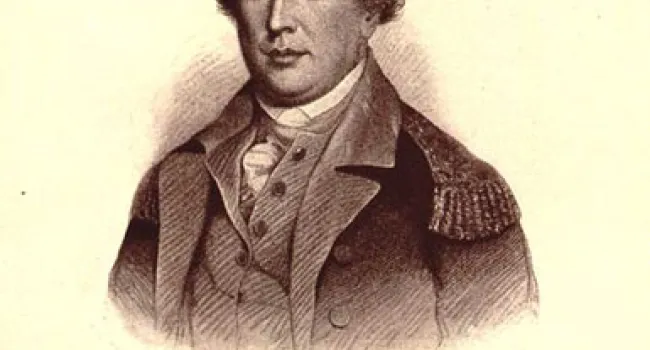
Photo
Nathanael Greene (1742-1786) was raised in New England in a Quaker family, but helped organize local Rhode Island militia when the revolution approached, and in 1775 was appointed the commander of a...
Photo
James Glen (1701-1777) served as one of South Carolina's most effective colonial governors. Born in Scotland, appointed governor in 1738, he arrived in the colony in 1743 and served until 1756, longer...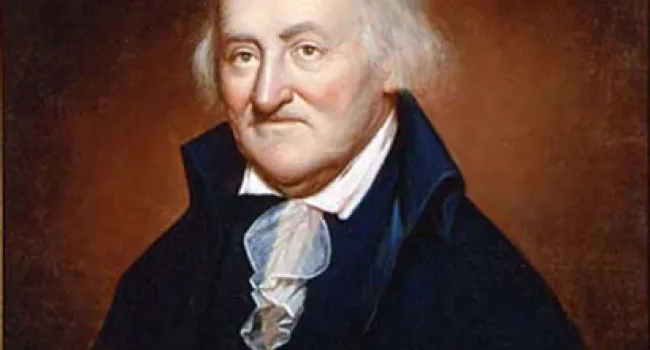
Photo
Christopher Gadsden (1724-1805) was an early radical voice in Charleston for colonial union against the authority of Parliament. Born in Charleston, by 1761 he had amassed a considerable fortune in...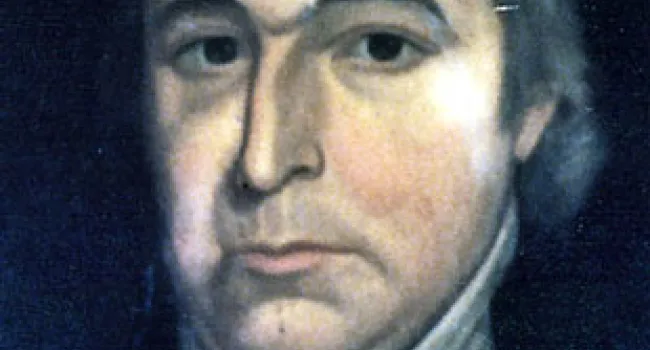
Photo
Richard Furman (1755-1825) was a Baptist clergyman and educator. Born in Esopus, New York, Furman came to Charleston with his family as an infant. They moved to the High Hills of the Santee in May...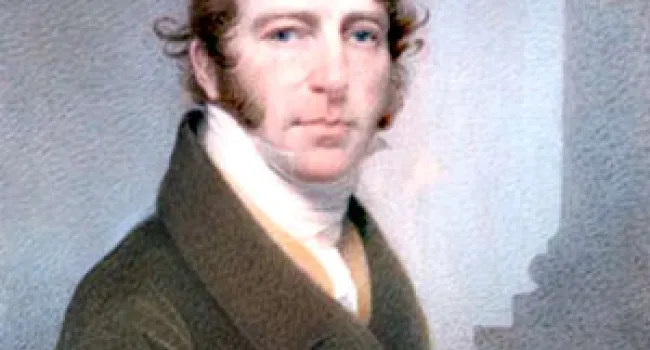
Photo
Charles Fraser (1782-1860), born in Charleston, began his education at a classical school and continued at the College of Charleston. At an early age, he showed artistic qualities which were...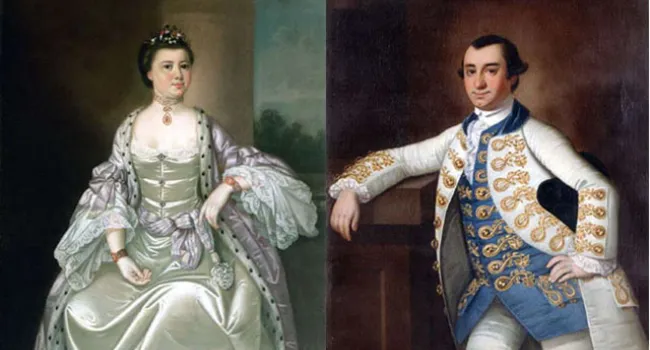
Photo
Colonel Barnard Elliott (1740-1778) and Mrs. Barnard Elliott (Mary Elizabeth Bellinger) (1751-1774) were painted by Jeremiah Theus (1716-1774), a Swiss artist who came to Charleston in 1735 and...